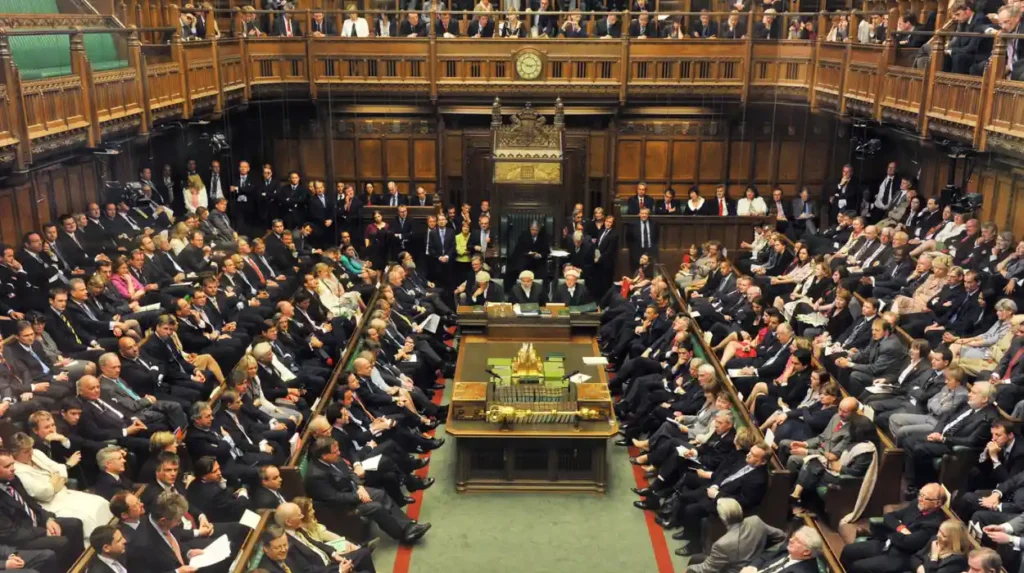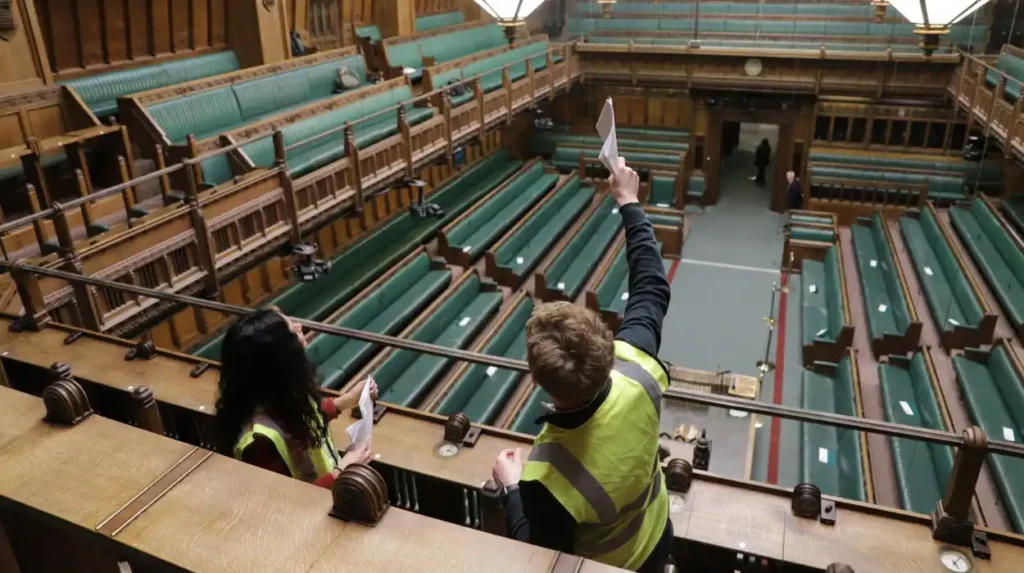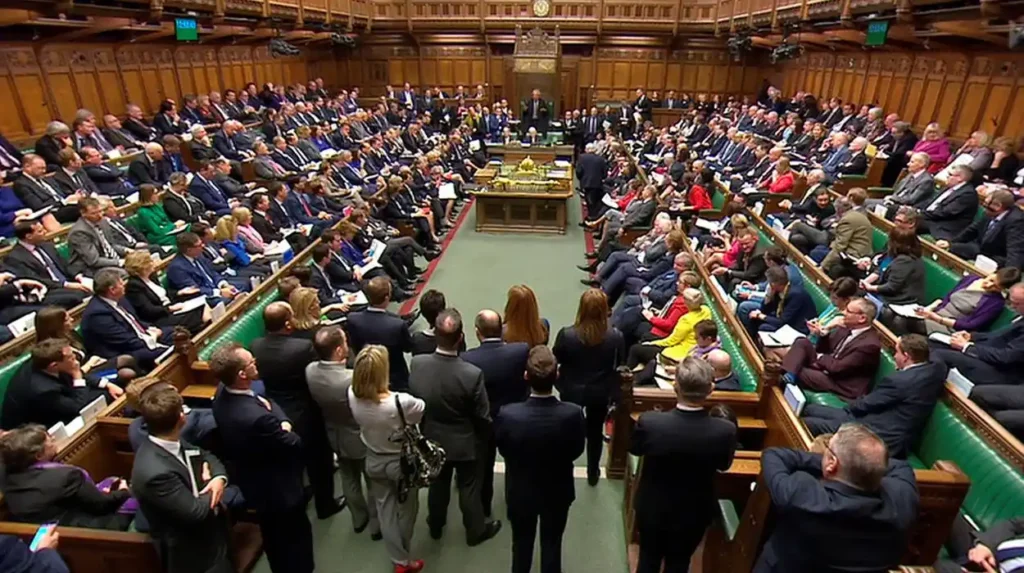Originating in the United Kingdom, the Westminster system is a form of parliamentary democracy adopted by several countries possessing different qualities, including an idea of parliament’s sovereignty, an executive answerable to the legislature, and a constitutional head of state. Protect civil rights and liberties; the system aims to foster political accountability and representative government. Among nations presently using the Westminster system are Australia, Canada, India, and New Zealand, with adjustments made to the Westminster system to fit the local legal and cultural setting. Knowing how this government system operates will help one to value its influence on democracy all throughout.
Functions of the Westminster System
The Westminster system serves various functions: establishing the separation of the powers of the legislature, executive, and judiciary; making and amending laws (legislature); executing and administering laws (executive); interpreting laws (judiciary); holding the elected parliament accountable to the government; monitoring the operations of the government; approving government expenditure; and imputing this to ministers through a responsible government framework. The Westminster system’s duties can be understood using these stages:

1. Structural Parliamentary
The parliament is right in the middle of the Westminster system. Under the Westminster system, Parliament is the main legislator. Conventionally, there are two houses: the lower house and the upper house. Usually, the public elects the lower house; depending on the nation, the upper house consists of directly elected members, appointed members, or both. Generally speaking, the lower chamber has more power than the higher one, particularly in the creation of cabinets and the passage and approval of economic bills.
2. Government Leader and Head of State
The distinction between a ceremonial head of government and a political head of state. The head of state (usually a monarch or president) has a constitutional and ceremonial duty; the leader of the executive branch of government is the head of government (the prime minister). This separation lets elected representatives of the people manage choices and implementation of political policies while simultaneously preserving our place in history and national customs.
3. Formation of Government
In a Westminster system, the head of government is the head of the political party or coalition that has a majority of seats in the lower house of Parliament, and they can appoint ministers from among the MPs in the lower house of Parliament with the cabinet. A cabinet is defined as members of parliament collectively making decisions on behalf of the prime minister, and each member of the cabinet is responsible for one part of government (a government department). A government must have the confidence of the lower house of parliament, which is not absolute but the major power that provides stability.
4. Legislation
The formation of law is systematic and typically begins with a bill, which is put forward to parliament for consideration. A bill must be read a number of times, examined by a parliamentary committee, debated upon in parliament, and undergo a final vote. If accepted by both houses of parliament, the head of state effects grammatical approval (signature), and the bill becomes law. It is clear that while the law is adopted eventually, the process allows for checking transparency and provides an opportunity for citizens to observe or participate.
5. Accountability
The Westminster system can be characterized as providing direct lines of account from the executive to the legislature. There are a number of methods by which these branches hold each other accountable, including parliamentary questions, parliamentary debates, and parliamentary committee investigations by ministers. The ministers are responsible and accountable while they hold office. If the government loses a vote of confidence, it must resign or call an election to ensure government accountability.

The Westminster System and Modern Democracy
The Westminster system governs by ensuring that elected representatives are making decisions on behalf of ‘the people.’ Citizens have regular elections to choose their elected representatives, representatives that are supposed to represent ‘public opinion’ in the government and close to the government. The representative nature of the system allows it to adapt to different cultural and political contexts while ensuring that those contexts maintain democratic legitimacy.
1. Stability and Change
One strength of the Westminster model is that it also combines stable governance and the potential for political change. A majority government can implement its policies efficiently, but when public frustration increases, elections offer a peaceful route for changing leadership. In this way, we can maintain stable governance while enabling governments to remain responsive.
2. Accountability
Accountability lies in how the Westminster system governs modern democracies. The formal recognition of an opposition party means that the government is under constant scrutiny and challenge. In the last few decades, public debate in Parliament and through the media has promoted transparency and informed the political decision-making of citizens.
3. Rule of Law and Governance
In the Westminster model, no one is above the law, including those in government. Independent courts are specialized in interpreting and enforcing laws to ensure that such laws are enforced fairly, which leads to the action of government authorities in accordance with the law. The rule of law guarantees the rights of citizens and assurances, which increase citizens’ trust in their democratic institutions.
4. Flexible to Other Environments/Countries
Though the Westminster system of government is a British legacy, it can be changed to fit contemporary types of democratic governance. Among other examples of Westminster systems, India, Australia, and Canada have included federal components, written constitutions, and electoral innovations for their particular national identities. This adaptability of the Westminster model has made it effective and prosperous without confining it to a single political or social situation.

5. Citizen Engagement and Political Culture
Parliamentary democracy, for example, the Westminster system, was first developed in the United Kingdom but adopted by a number of countries across the globe, with their specific peculiarities-particularly a notion of the sovereignty of parliament, an executive accountable to the legislature, and a constitutional head of state, among others.
Such a system is an attempt at establishing political accountability, representative governance, and civil rights and freedoms protection. Countries like Australia, Canada, India, and New Zealand utilize this internalized Westminster system, which has been modified to fit into the local legal and cultural environment.


